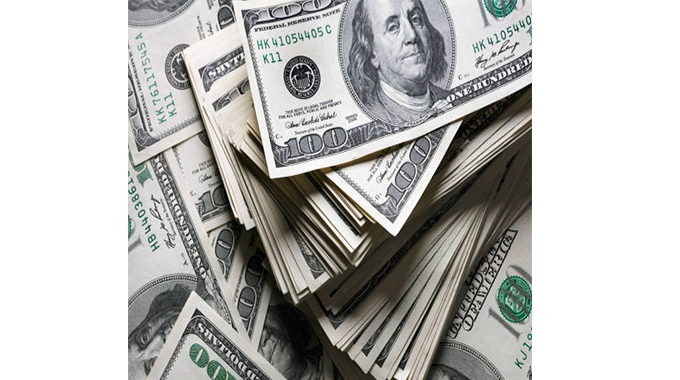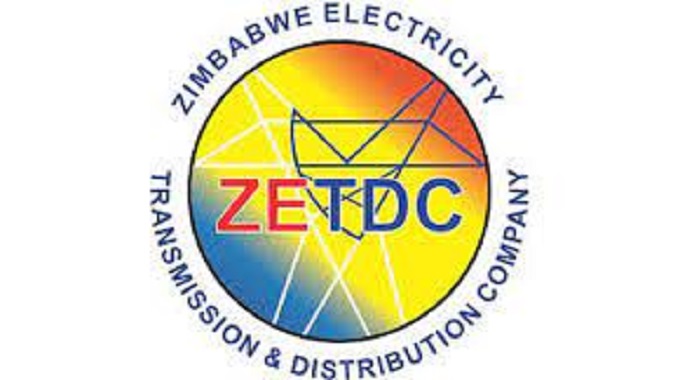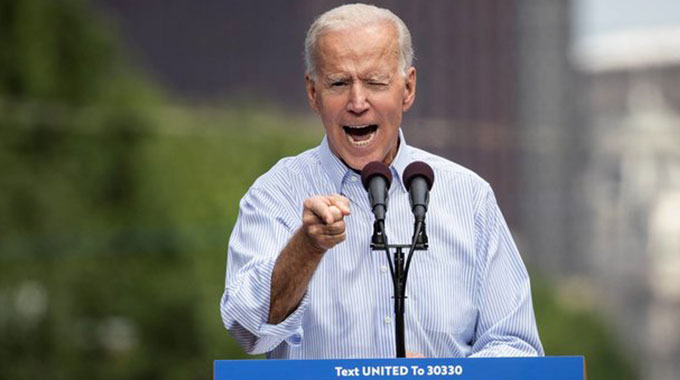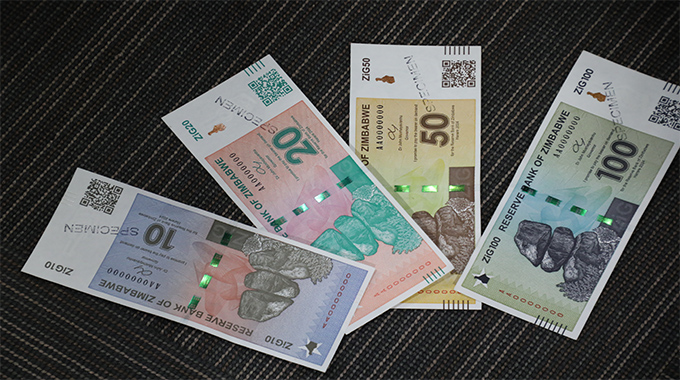Government grants prescribed asset status to proposed solar projects worth US$100m

Nqobile Bhebhe, Senior Business Reporter
INVESTMENT in solar energy is fast gaining traction with the Government granting prescribed asset status to proposed projects worth close to US$100 million, the Insurance and Pension Commission (IPEC) has noted.

Zimbabwe has witnessed modest investments in renewable energy by local private investors, particularly in solar as the country seeks to boost renewable capacity to 1 100 megawatts (MW) by 2025 and supplement low levels of electricity and reduce carbon footprint.
Most of the projects are being financed by private companies, insurance firms and pension funds.
Some of the investors include cement producer PPC (30MW), Caledonia Mining Corporation (12,5MW) and Harava (5MW).
Recently, the Zimbabwe Electricity Transmission and Distribution Company (ZETDC) signed a power purchase agreement with an independent power producer, Matshela Energy Limited, for a 100MW solar plant in Gwanda.
Electricity shortages in Zimbabwe have seen many companies and households investing in solar energy to ensure uninterrupted supplies.
Prescribed assets are bonds or securities issued by the government, local government, quasi-government organisations or any other bond that may be accorded the prescribed asset status.
In its 2022 second-quarter report, IPEC said solar projects that got the nod in the energy sector include Zororo PA (US$45 million), Centragrid (US$29,5million) and Equinox’s US$9 million.
According to the commission, both Zororo PA and Centragrid projects were approved on March 4 and Equinox on May 18.
Other approved projects include Nhaka Life, a cattle-backed investment (US$10 million) initiative, Mangwana Opportunities Investments, a scheme to finance productive sectors of the economy (US$5 million), and a growth ($2 billion), which is meant to finance winter wheat cropping.

The departed Zororo Makamba
“As at 30 June 2022, the Commission had recommended six (6) applications for conferment of prescribed asset status to the Ministry of Finance and Economic Development.
“During the period under review, the number of approved applications increased by three (3) from the previous quarter,” reads part of the report.
Zimbabwe is pacing up its electricity generation capacity to keep up with increasing demand in the wake of increased economic activity which the Second Republic is ushering to ensure power shortages do not constrict growth.
Power demand is increasing in tandem with economic growth thereby putting pressure on the country to speed up the development of domestic power generation.
Government is encouraging independent power producers to complement its efforts to boost power generation and stop relying on imports.
The Zimbabwe National Renewable Energy Policy, launched in 2019 set the target of achieving a renewable capacity of 1 100MW or 16,5 percent of overall electricity supply by 2025.
The policy also aims to have installed 250 000 solar geysers, increase the use of the institutional and domestic biogas digesters, promote use of solar mini-grids and solar water pumping solutions as well as boost the use of renewable technologies.
To encourage investments into renewables, Zimbabwe is offering incentives including duty and tax exemptions and prescribed asset status to pension and insurance companies.
Experts say the country has an average radiation level of 2 100kw/m2 per year, compared to 1 400kw/m2 in most parts of Europe, but the country is not exploiting the sun for the benefit of industry and domestic consumers.
If fully exploited, solar could feed up to 10 000 gigawatt hours of electricity per annum into the grid.












Comments